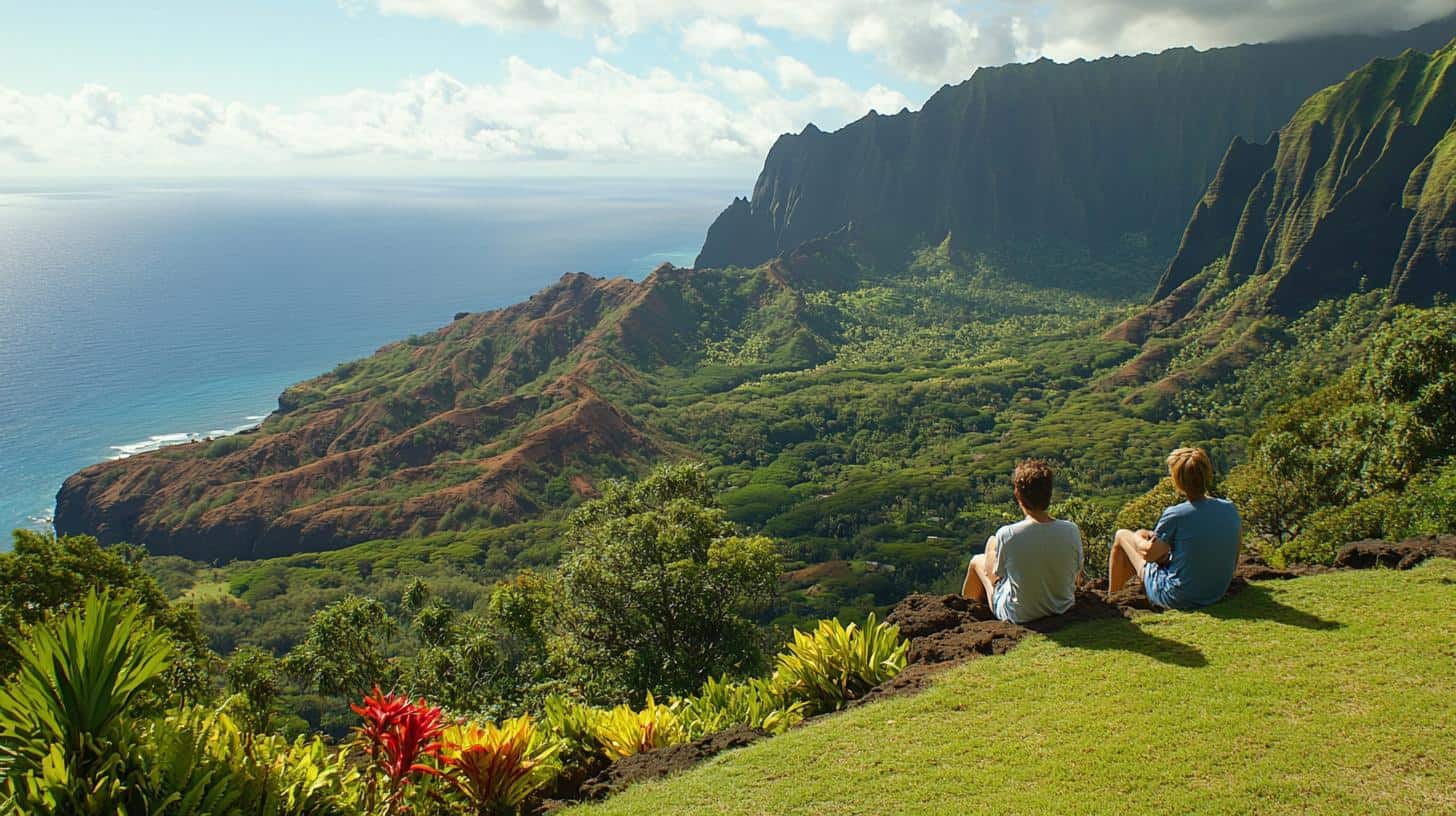Hawaii, with its idyllic beaches, lush landscapes, and balmy climate, is a dream destination for many. Yet, travelers often ponder: when is the best time to visit this tropical paradise? The answer largely depends on what you seek to experience.
Hawaii’s weather is consistently warm, with average temperatures ranging between 70°F and 85°F all year. However, the months from April to October are typically drier, making it the ideal time for sun-seekers to explore the islands’ beaches and enjoy outdoor adventures. These months also see a spike in tourism, given the optimal weather conditions.
Conversely, November to March marks Hawaii’s wet season. While rain is more frequent, it rarely disrupts outdoor plans for extended periods. This period is favored by surfers because of the large waves on the north shores of the islands. It’s also a chance to experience the islands with fewer tourists, allowing for a more serene and exclusive experience.
The best time to score travel deals and enjoy less crowded attractions is during the shoulder months of April, May, September, and October. During these months, travelers can experience the benefits of pleasant weather and lower prices on accommodations and flights.
Ultimately, the “best” time to visit Hawaii depends on your individual preferences. Whether seeking sunshine, surfing, or savings, there’s a perfect time for everyone to experience the magic of the Hawaiian Islands. Plan accordingly and enjoy every moment in this slice of paradise.
Hawaii Uncovered: When to Avoid the Crowds and Save Big
Hawaii, known for its captivating beauty and diverse attractions, offers unique experiences year-round that significantly impact both locals and tourists alike. While popular for its beaches and pleasant weather, these factors pose distinct advantages and challenges, affecting everything from the economy to environmental sustainability.
Beyond the usual seasonal tips, let’s unravel how timing your Hawaiian trip differently can present unique opportunities and challenges. Did you know that visiting in the quieter months not only benefits your wallet but also supports local communities by preventing overtourism and the strain it puts on resources? Smaller crowds in these periods mean less congestion, leading to a more authentic interaction with the culture and environment.
However, controversies mar the idyllic image. Environmentalists emphasize that the surge in off-peak travel can still disrupt ecosystems if not managed properly. Questions arise: Are sustainable measures in place? Are tourists informed on eco-friendly practices? Responsible tourism is imperative.
So, when is the “best time” to explore this paradise? Consider not just the weather, but the broader implications for Hawaii’s communities and environment. An informed choice benefits all—enjoy more personal space, contribute positively to the local economy, and minimize environmental impact.
For further information on how to make your visit more sustainable, see Go Hawaii.
Explore Hawaii with renewed insight, and you may just contribute to preserving its wonders for generations to come.







